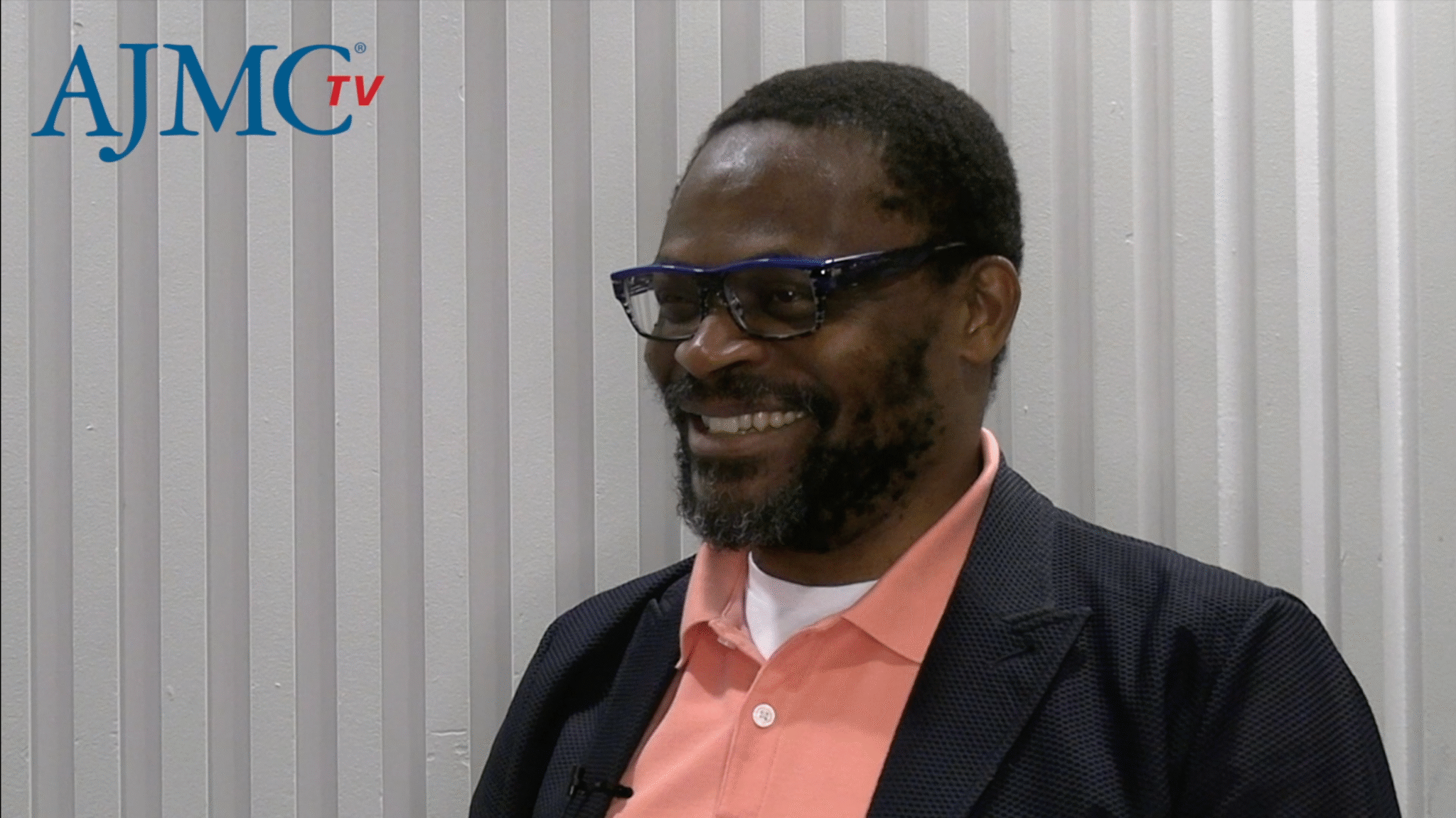Innovations in Lung Cancer Screening: A New Era of Hope
Introduction: The Urgency of Lung Cancer Screening
In a revealing interview at the American Association for Cancer Research Annual Meeting 2025, Dr. Raymond Osarogiagbon, the director of the multidisciplinary thoracic oncology program at Baptist Cancer Center, discussed groundbreaking innovations aimed at enhancing lung cancer screening rates. As lung cancer remains one of the leading causes of cancer-related deaths in the United States, the need for effective screening has never been more critical.
Understanding the Current Screening Landscape
The State of Lung Cancer Screening Guidelines
Dr. Osarogiagbon indicated that the current landscape of lung cancer screening is complex and often confusing, which contributes to low screening rates across the nation. Existing guidelines have not sufficiently incentivized primary care providers or patients to engage in proactive screening measures.
Consequences of Low Screening Rates
With lung cancer often diagnosed in later stages, the consequences of inadequate screening can be dire. Dr. Osarogiagbon emphasized that improving screening rates could significantly reduce mortality rates, making this a priority for healthcare institutions and policymakers alike.
Innovations on the Horizon: HEDIS Measures
The Role of HEDIS in Lung Cancer Screening
One of the promising avenues is the development of a HEDIS (Healthcare Effectiveness Data and Information Set) measure specifically for lung cancer screening. This measure aims to incentivize healthcare providers by allowing insurers to benchmark the quality of care they provide. Dr. Osarogiagbon believes this could be a game-changer in increasing screening participation.
Simplifying Eligibility Criteria
The complexity of eligibility criteria for lung cancer screening has been a major barrier. Unlike other cancer screenings where age is often the sole determinant, lung cancer screening requires assessing multiple factors such as smoking history and duration. Dr. Osarogiagbon pointed out the need to simplify these criteria to make screening more accessible.
Overcoming Eligibility Challenges
Reevaluating Smoking History Questions
In a significant recommendation, the American Cancer Society has suggested eliminating the question regarding how long ago a person quit smoking. Research shows that individuals who quit smoking more than 15 years ago still face a heightened risk of lung cancer, indicating that this question may be unnecessary.
Revising Pack-Year Calculations
Another area for improvement lies in the calculation of pack-year histories, which can be intricate and confusing. Dr. Osarogiagbon proposes a simpler approach: asking if individuals have smoked for up to 20 years, thereby eliminating the need for complicated calculations.
The Role of Technology in Lung Cancer Screening
Leveraging Artificial Intelligence
Artificial intelligence (AI) is emerging as a pivotal tool in enhancing lung cancer screening. Dr. Osarogiagbon highlighted various projects focused on utilizing AI to improve the efficacy of CT scans, the current standard for lung cancer screening.
Introducing Sybil: A Game-Changing Algorithm
One of the most exciting developments is the Sybil algorithm, created by Regina Barzilay, a computer science professor at MIT. This AI tool aims to augment CT scan capabilities, making the screening process more efficient. A consortium of institutions, including Mass General Brigham, Baptist Memorial Healthcare Corporation, and others, is working collaboratively to accelerate the development of Sybil.
Other AI Innovations
In addition to Sybil, Dr. Osarogiagbon mentioned that companies like Median Technologies are on the verge of submitting AI algorithms for FDA approval, signifying a wave of AI-driven innovations that could soon transform lung cancer screening practices.
Biomarkers: A New Frontier
The Promise of Biomarker Testing
Biomarkers represent another transformative approach in lung cancer screening. By identifying individuals at risk, biomarkers can facilitate early intervention and screening. Some companies are even developing biomarkers to differentiate between benign nodules and those indicative of lung cancer.
Enhancing Screening Efficacy
The dual focus on biomarker testing and artificial intelligence aims to simplify the screening process, making it safer and more cost-effective. These innovations promise to broaden the reach of lung cancer screening across diverse populations.
Addressing the Screening Gap
The Need for Comprehensive Policy Changes
To genuinely close the lung cancer screening gap, comprehensive policy changes are essential. Dr. Osarogiagbon emphasized that both technological advancements and supportive policies are required to drive improvement in screening uptake.
Engaging Primary Care Providers
Engaging primary care providers is crucial for implementing these changes. By incentivizing screenings through HEDIS measures and simplifying eligibility criteria, healthcare institutions can encourage more physicians to participate proactively in lung cancer screening.
The Importance of Public Awareness
Raising Awareness Among Patients
As innovations in screening methods and guidelines evolve, it’s equally vital to raise public awareness about lung cancer risks and the importance of early detection. Dr. Osarogiagbon believes that patient education is key to driving screening rates higher.
Community Outreach Programs
Implementing community outreach programs can help educate populations at risk and encourage them to take advantage of available screening options. Such initiatives can play a significant role in reducing lung cancer mortality rates.
Future Perspectives
The Road Ahead for Lung Cancer Screening
The strides made in lung cancer screening innovations signify a promising future. With the development of AI technologies, simplified screening criteria, and effective policy changes, the healthcare community is poised to make significant advances in early detection.
Collaborating for Comprehensive Solutions
Collaboration across institutions, healthcare providers, and policymakers will be fundamental in realizing the full potential of these innovations. By working together, the healthcare community can create a more effective screening landscape that saves lives.
Conclusion: A New Dawn for Lung Cancer Screening
The insights shared by Dr. Raymond Osarogiagbon at the American Association for Cancer Research Annual Meeting 2025 illuminate a path forward in the fight against lung cancer. As innovations in technology, policy, and public awareness converge, there is hope for a future where lung cancer screening becomes more accessible, efficient, and life-saving. The collective efforts in simplifying processes and leveraging cutting-edge technologies hold the promise of significantly improving lung cancer outcomes, ensuring that early detection becomes a reality for all.








